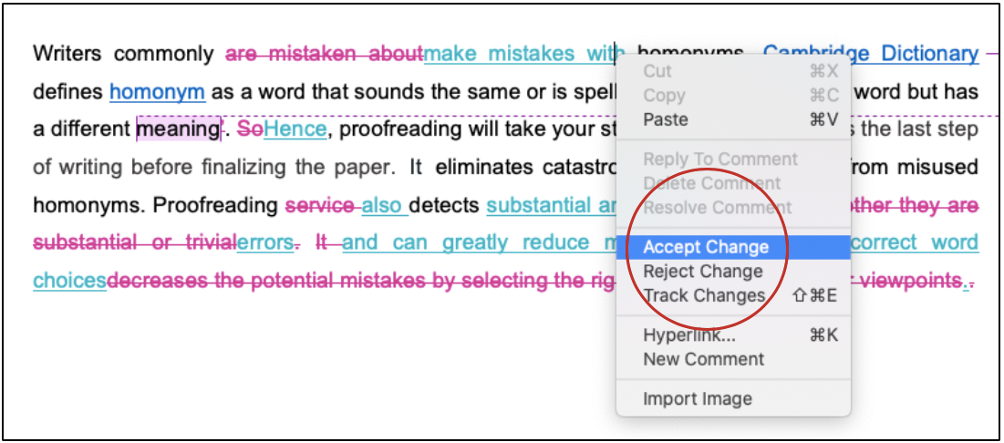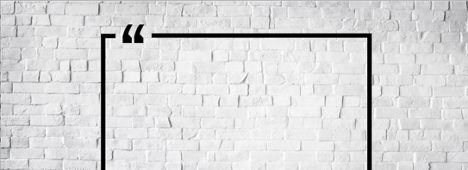While researching a group of people, collecting data from every person in that group is virtually impossible. To counter this issue, you choose a sample. What is the difference between population and sample? What sampling methods should you use in your dissertation?

While researching a group of people, collecting data from every person in that group is virtually impossible. To counter this issue, you choose a sample. The group of individuals partaking in the research comprises the sample. Suppose that you choose a sample properly representing the population. In that case, you can draw valid conclusions about the population using the summarized sample data. Probability sampling and non-probability sampling are the methods used in sampling. Probability sampling includes randomly choosing the units from the population. Therefore, it allows you to draw solid conclusions about the population. In contrast, non-probability sampling provides you with the easiness of data collection due to convenient sampling. Whether you have chosen probability or non-probability sampling, you must elucidate on it in the methodology section of your dissertation or article.
It would be best if you differentiated between a population and a sample. Then, you can specify your research’s target population. Note that the population comprises the entire group of interest, and you wish to make generalization about it. Nonetheless, the sample is a mere gathering of a particular group of individuals. You gather data from the sample.
The population can be vast, and you may wish to make inferences about all the professional athletes worldwide. Else, you may restrict the population to the athletes in a city or a specific country. It is beyond critical that you define the scope of your target population primarily based on your research project. Assume that your population of interest is enormous, demographically concocted, and geographically scattered; you may need more than a representative sample.
Sample size and the sampling frame are crucial in sampling. The sampling frame should ideally cover the entire target population, implying that nothing or nobody out of that population is included. The sample size is the more critical of the two. It depends on various factors, such as the size and variability of the population and the experimental design you have chosen. Many sample size calculators and formulas exist based on what your objective is with statistical analysis.
Probability sampling suggests that you have the same chance of selecting a member of the population. Quantitative research is the main area utilizing this method of sampling. Assume that you wish to produce repeatable results. In that case, you must resort to probability sampling. It comprises simple random sampling, systematic sampling, stratified sampling, and cluster sampling.
a. Simple random sampling
Each population member has the same probability of being chosen. Thus, your sampling frame covers the whole population. You can easily utilize this technique using random number generators because it entirely depends on the chance.
b. Systematic sampling
This technique is easier to apply. Each population member is assigned a number. Then, you can choose subjects at regular intervals.
c. Stratified sampling
In this method, you divide the population into subpopulations. Subpopulations may have different characteristics. More precise conclusions are possible because the sample has subgroups, which are more representative of the population.
d. Cluster sampling
You also divide the population into subpopulations in this technique. Yet, subpopulations have similar traits. You randomly choose the whole subgroups instead of individual samples. The method is specifically suitable for large samples. However, sample clusters may not represent the actual population.
Individuals are not chosen according to random criteria in this sampling. Therefore, every individual may need to find a chance to be in the study. You can readily access samples. However, the sampling bias risk is substantially higher. This fact leads to the issue of attaining limited conclusions. Suppose you have resorted to non-probability sampling. Still, your objective should include having the representative sample you can obtain. Exploratory and qualitative studies are two areas primarily using non-probability sampling. Remember that this research type does not necessarily test a hypothesis. Instead, the researcher wishes to get a feel of a small or under-studied population. The non-probability sampling covers convenience, voluntary response, purposive, and snowball sampling.
a. Convenience sampling
A convenience sample comprises individuals the researcher can readily access. Even though it is an easy and inexpensive way to collect initial data, you cannot guarantee the representativeness of the population, not allowing you to generalize results.
b. Voluntary response sampling
A voluntary response sample can also involve ease of sample access. The researcher does not choose participants and contact them. In contrast, participants volunteer for the study. This sample usually is biased to a certain extent because some people innately have the characteristics of volunteering.
c. Purposive sampling
The researcher uses their expertise to choose a sample serving the purposes of the research most. Qualitative research may involve this type of sampling. A beneficial purposive sample should possess clear criteria and rationale for inclusion. Therefore, defining your inclusion and exclusion criteria is a must.
d. Snowball sampling
Assume that the population you wish to access is not readily available. With snowball sampling, you can recruit participants with the assistance of other participants.
Best Edit & Proof expert editors and proofreaders focus on offering papers with proper tone, content, and style of academic writing, and also provide an upscale editing and proofreading service for you. If you consider our pieces of advice, you will witness a notable increase in the chance for your research manuscript to be accepted by the publishers. We work together as an academic writing style guide by bestowing subject-area editing and proofreading around several categorized writing styles. With the group of our expert editors, you will always find us all set to help you identify the tone and style that your manuscript needs to get a nod from the publishers.

You can also avail of our assistance if you are looking for editors who can format your manuscript, or just check on the particular styles for the formatting task as per the guidelines provided to you, e.g., APA, MLA, or Chicago/Turabian styles. Best Edit & Proof editors and proofreaders provide all sorts of academic writing help, including editing and proofreading services, using our user-friendly website, and a streamlined ordering process.
Visit our order page if you want our subject-area editors or language experts to work on your manuscript to improve its tone and style and give it a perfect academic tone and style through proper editing and proofreading. The process of submitting a paper is very easy and quick. Click here to find out how it works.
Our pricing is based on the type of service you avail of here, be it editing or proofreading. We charge on the basis of the word count of your manuscript that you submit for editing and proofreading and the turnaround time it takes to get it done. If you want to get an instant price quote for your project, copy and paste your document or enter your word count into our pricing calculator.
Contact us to get support with academic editing and proofreading. We have a 24/7 active live chat mode to offer you direct support along with qualified editors to refine and furbish your manuscript.
Follow us on Twitter, LinkedIn, Facebook, Instagram, and Medium.
For more posts, click here.
This article explains the difference between study population and sample and sampling methods for a dissertation. To give you an opportunity to practice proofreading, we have left a few spelling, punctuation, or grammatical errors in the text. See if you can spot them! If you spot the errors correctly, you will be entitled to a 10% discount.
How to Determine Variability in a Dataset
14.10.2023
How to Determine Central Tendency
19.02.2023
How to Specify Study Variables in Research Papers?
14.01.2023
7 Issues to Avoid That may Dent the Quality of Thesis Writing
18.12.2022
How to Ensure the Quality of Academic Writing in a Thesis and Dissertation?
04.12.2022
How to Define Population and Sample in a Dissertation?
03.12.2022
How can You Establish Experimental Design in Your Dissertation?
12.11.2022
How Can You Decide on Tense Usage in Your Dissertation?
04.11.2022

Preparing a research paper is the most painstaking and challenging task for many individuals. However, with rigorous practice, it would be much hassle-free for you to sum up entirely. Are you thinking of the best ways to write an impactful research paper? We are here to help you! We present an easy-to-follow rubric that will help you draft an impeccable research paper.
Continue Reading
Whether you are writing an essay for your publication or working on your research— academic writing style prevails for all types of academic work. It is not anything out of the world but does follow a few rules in terms of style and structure. If you are new to academic writing, the mention of 'rules' can be overwhelming. This article will help you with a few tips that help improve your academic writing.
Continue Reading
Writing for academic purposes demands extreme finesse. It is not just the language that should be exemplary. Even the diction, the tone, and the context of the text should be on point. However, the path to achieving this finesse is a troublesome one. Many scholars, while treading this path, come across a myriad of academic writing problems that they find it too cumbersome to overcome. These problems can concern their language skills, research capabilities, or lack of awareness regarding their field of study. The purpose of this article is to address some of these recurring academic writing problems and suggest ways to deal with them.
Continue Reading
Writing a thesis or dissertation is considered the final phase of your Ph.D. journey. You must cover three to five years of study and research into your thesis. A doctoral thesis or dissertation is a long essay of knowledge and research on a specific niche that poses interesting questions and answers with your reasoning. Ph.D. candidates should carefully choose the study topic according to their expertise. This article explains how to write an impeccable Ph.D. thesis for outstanding results in 6 helpful steps.
Continue Reading
Anthropomorphism can be defined as attributing human characteristics to nonhuman entities, objects, or concepts. It may lead to ambiguity or misleading communication. Therefore, avoiding anthropomorphism in your thesis, dissertation, or article would be best.
Continue Reading